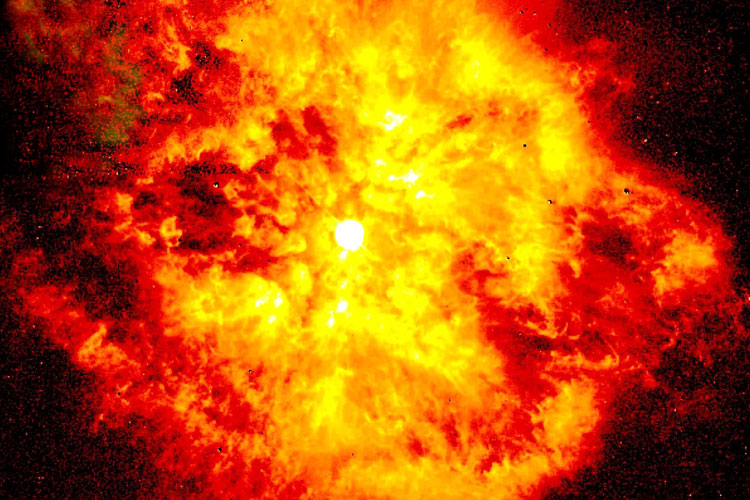Additive manufacturing has been greatly used in 3D printing and this has presented new challenges for process safety. These challenges involve having a better understanding of powder combustibility properties and how to carry out reliable inverting measures to prevent explosions and fires during handling of explosions and fires.
The Risks Involved in Additive Manufacturing
This process involves a lot of combustible products such as nylon, aluminum, stainless steel, titanium, their alloys plus gold and silver.
The 3D printing process produces dust in very small particles. Some metals such as aluminum and titanium combust at a fast rate and produce high temperatures and pressures, caution has to be taken when handling such materials.
Preventing metal dust is key as all it takes is a source of ignition to start a fire. If this takes place in the presence of a dust cloud, the explosion that follows will be more damaging.
How to Contain These Risks
NFPA and OSHA standards dictate that measures have to be taken to contain and capture any dust generated during machining activities. These standards have requirements such as the design and construction of dust containment systems or call for explosion suppression and explosion venting systems.
However, specific questions come up when it comes to additive manufacturing, such as the explosion or deflagration venting, electrical equipment in the 3D printer to be classified safe for use in hazardous areas, limitations on handling and storage of materials. All this have an impact on the cost of installing a 3D metal printer.
A 3D printing facility should:
- Develop a dust sampling and testing program to show combustible dust.
- Run dust hazard analysis to find unsafe operating conditions and potential dangers.
- Development of safety procedures for safe operations.
- Run a combustible dust training program on-site for all workers.
Our equipment is safe for use in 3D printing facilities. Contact us for more information.













